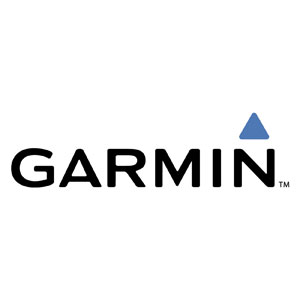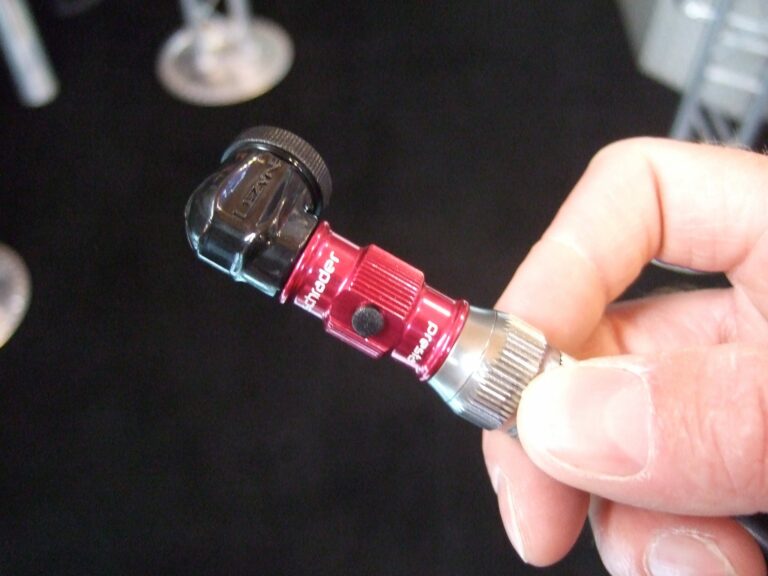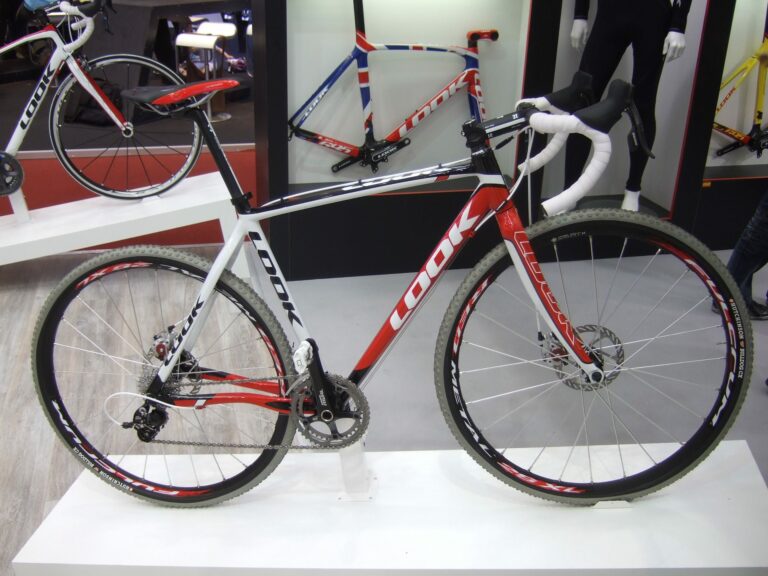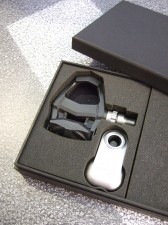 “Power to the People” is a well-worn phrase but one that pretty much sums up what satnav specialist Garmin offers with the Vector power meter, which was shown in detail at Eurobike last week.
“Power to the People” is a well-worn phrase but one that pretty much sums up what satnav specialist Garmin offers with the Vector power meter, which was shown in detail at Eurobike last week.
Designed for ease of installation and use, the system works by measuring flex in the pedal axles to obtain the readings from which power, cadence and, importantly, “balance” can be calculated. As with any power meter, deflection in a suitable component, which is to say one that deflects under pedalling load, is measured using strain gauges. These undergo a change in electrical resistance as they stretch and it is accurate measurement of this change in resistance that provides the required data, which is then interpreted and displayed by the meter.
So, as force is applied to a pedal, its axle bends away from the force, or deflects, springing back as the force is removed. The greater the force applied, the greater the deflection of the axle; the two are directly related in this component, so measuring axle deflection provides the same result as directly measuring force against the surface of the pedal.
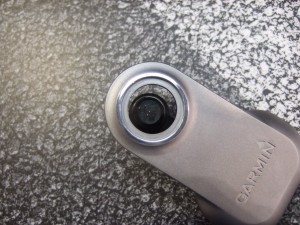 Measuring power at the pedal axle is, however, highly complex compared to doing it at, say, the rear wheel hub or chainring. Either of these requires straightforward measurement of torque and angular velocity in a rotating component as it transmits power. As a pedal turns on its crank, on the other hand, the force put though it not only changes in magnitude with leg extension but in direction in relation to the crank. Since the axle is attached rigidly (for our purposes) to the crank, the deflection in it changes orientation as the crank rotates.
Measuring power at the pedal axle is, however, highly complex compared to doing it at, say, the rear wheel hub or chainring. Either of these requires straightforward measurement of torque and angular velocity in a rotating component as it transmits power. As a pedal turns on its crank, on the other hand, the force put though it not only changes in magnitude with leg extension but in direction in relation to the crank. Since the axle is attached rigidly (for our purposes) to the crank, the deflection in it changes orientation as the crank rotates.
Power is defined as work done divided by the time taken to do it. Measuring the actual amount of force applied to the pedal, through whatever range of movement, and over what length of time, would provide a figure for the rider’s power output. But it is highly unlikely, impossible even, that said figure would match the actual power going into propelling the cycle, which is what is really at issue.
 This is because only a part of the effort expended by a cyclist goes into turning the cranks. Some, the precise percentage depending on the rider’s pedalling action, goes into stretching or compressing them instead. Push down hard on the pedal when the crank is at 6 o’clock and none of your effort goes into turning the crank, all of it instead acting to lengthen it. You may be pushing hard but you are doing nothing to move the cycle forwards. And therefore are doing no work that counts towards power output. At the same time, the pedal axle, transmitting force, is deflected by an amount measurable by the Vector system.
This is because only a part of the effort expended by a cyclist goes into turning the cranks. Some, the precise percentage depending on the rider’s pedalling action, goes into stretching or compressing them instead. Push down hard on the pedal when the crank is at 6 o’clock and none of your effort goes into turning the crank, all of it instead acting to lengthen it. You may be pushing hard but you are doing nothing to move the cycle forwards. And therefore are doing no work that counts towards power output. At the same time, the pedal axle, transmitting force, is deflected by an amount measurable by the Vector system.
Press on the pedal with the same force when the crank is at around 10 o’clock (viewed from the non-drive side) and your effort is being applied at a tangent. With somewhere close to 100percent of your effort going to turn the crank (and move the cycle), the axle will be deflecting the same amount, but in a different direction.
 In order to provide an accurate figure for propulsive power, the Vector system has to sift through the constantly changing measurements for axle deflection angle and find those that determine work done at a tangent to the crank. To do so, it uses four piezo-resistive strain gauges (chosen for their durability and consistency), mounted inside the pedal axle; as the axle flexes, they work together to measure the amount and direction of flex and send the information to the pedal pod via pin contacts in the axle end plug.
In order to provide an accurate figure for propulsive power, the Vector system has to sift through the constantly changing measurements for axle deflection angle and find those that determine work done at a tangent to the crank. To do so, it uses four piezo-resistive strain gauges (chosen for their durability and consistency), mounted inside the pedal axle; as the axle flexes, they work together to measure the amount and direction of flex and send the information to the pedal pod via pin contacts in the axle end plug.
The really clever bit, it turns out, lies inside the two pods. One, the left-hander, is the “slave” pod and the other the “master”. Both incorporate an accelerometer, a replaceable battery and a computer that works out what is going on. The slave pod sends its information to the master, which then combines this with its own findings and sends a full suite of measurements via ANT+ to the head unit.
How does the pod work out the orientation of the axle, and the strain gauges inside it, to the crank? This, of course, is what tells the system what percentage of the effort deflecting the axle is actually doing useful work. Turns out the accelerometer in each pod is responsible; Vector takes about 15 pedal revolutions to work out the relationship of the pedal axles to the ground and hence to their cranks at any crank angle. This is how Garmin, or rather MetriGear, who invented the system, get around the problem of not knowing exactly how the axle will thread into the crank…
So, plug-and-play it is. Walk into a dealer, buy the system, which comprises Look Keo cleat-compatible pedals by Exustar and matching pods, fit the pedals and pods to pretty much any crankset and ride away. Assuming you have an ANT+-compatible head unit, you’ll have measurements of power, cadence and the discrete outputs of left and right legs. If you have a Garmin Edge 800 or 500, you also get to use power metrics from Training Peaks: Normalized Power, Intensity Factor and Training Stress Score. If you don’t have a head unit, you just have very expensive pedals. System price €1295.
So apart from being easy to fit and use, informative and very light, what other advantages are there to Vector? For starters, the axle deflection measurements hold out the tantalising possibility of being able to measure pedalling economy, or what percentage of the rider’s work goes into making power. It’s going to be the next big thing in training, for sure.

